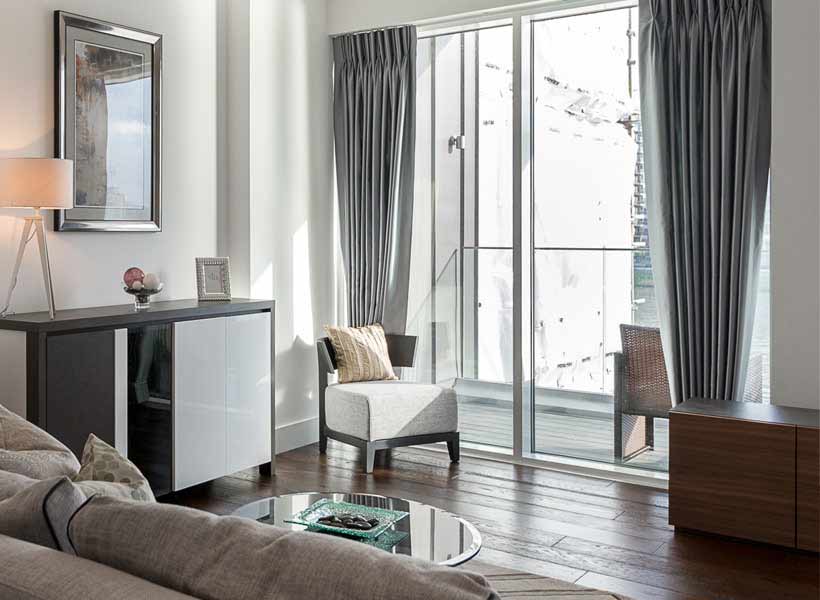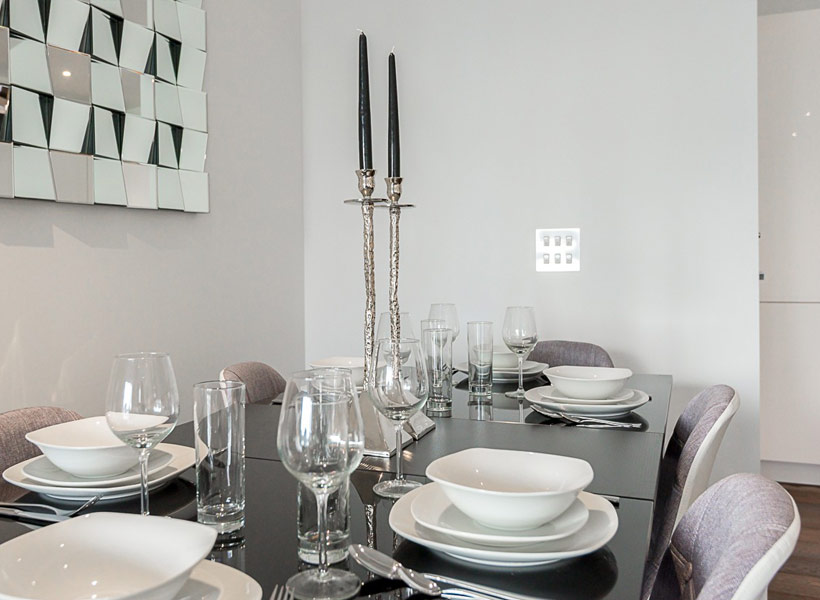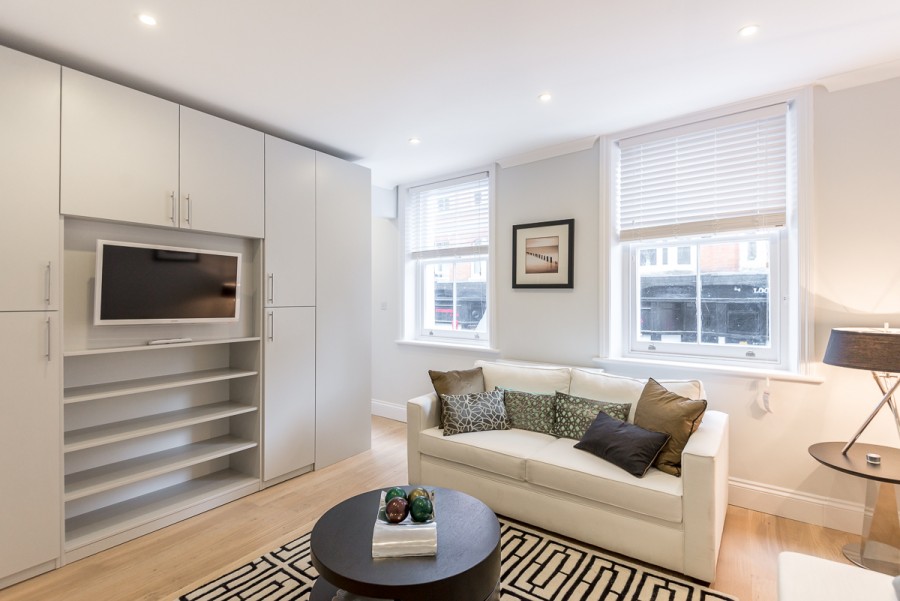 How will the new system affect your refurbishment plans?
How will the new system affect your refurbishment plans?
Changes to the Wear and Tear Allowance in April 2016 are putting a spotlight on the subject of refurbishing a property. Maintaining a property to a high standard, particularly an older property which requires more maintenance than a new-build, helps to ensure long-term capital growth while high quality furnishings and good presentation ensure it attracts a good tenant. Keeping the property in good condition keeps your tenant happy too. A happy tenant is more likely to pay their rent on time, look after your property and renew their tenancy each year, giving you a continuous rental income. So the advantages of maintaining a rental property go way beyond simply keeping the ‘bricks and mortar’ in good shape.
The current Wear and Tear allowance
Until April 2016, landlords can claim a Wear and Tear allowance each year – an annual allowance of 10% of the rent received for wear and tear – even if no actual repairs or work has been carried out. Therefore, the higher the rent, the higher the allowance that can be claimed, irrespective of the costs actually incurred. On the other hand, the allowance is limited to 10%, even if the landlord has incurred higher costs that year – and the allowance applies only to furnished properties.
A new tax relief system for replacing furnishings
From April 2016, the government is proposing this system be replaced with a relief that allows landlords to claim a deduction for the actual capital costs of replacing furnishings and appliances in the property that are for the tenant’s use.
So how will the new system of tax relief affect landlords considering a refurbishment of their property? The good news is that landlords planning repairs and refurbishment work may find the proposed ‘Tax Relief for Replacing Furnishings in Let Residential Dwelling-Houses’ may actually benefit them.
Deductions will now relate to the actual cost of work
 With the new replacement furniture relief, landlords will be able to claim a deduction for the capital cost of replacing furniture, appliances and kitchenware such as sofas, beds and other furniture, TVs, fridges, freezers, carpets and floorcoverings, curtains, crockery, cutlery and linen.
With the new replacement furniture relief, landlords will be able to claim a deduction for the capital cost of replacing furniture, appliances and kitchenware such as sofas, beds and other furniture, TVs, fridges, freezers, carpets and floorcoverings, curtains, crockery, cutlery and linen.
The replacement of fixed items which are integral to the building are not usually included in this but the replacement cost would be, as per the current system, a deductible expense as it is a repair to the property itself. These fixtures include items such as baths, washbasins, toilets, boilers and fitted kitchen units.
The advantages for landlords
On the plus side, landlords will no longer need to worry whether the item is a fixture, and therefore a repair to the property, or not. Both the replacement of fixtures and furnishings will simply be deducted from their rental income to calculate their profit.
Landlords won’t be able to claim the relief without any actual expenditure but the new relief will reflect the actual cost of replacing the item, rather than a fixed 10%, and therefore should encourage landlords to keep their property in good condition.
These new reliefs won’t cover the cost of furnishing the property initially and they won’t cover the cost of improving or enhancing the item, but replacing.
Planning maintenance or a refurbishment?
Older properties in particular need regular maintenance to keep them in good condition so landlords who own properties in this catagory might find the new system of particular benefit.
For example, the roof is one of the most important areas to maintain on an older property and landlords should ensure it is in good condition, with no loose tiles. The cost of repairing or replacing a roof should be covered as should the cost of replacing essential items such as a boiler.
These are maintenance issues but the cost of replacing an old kitchen or bathroom should also be covered, as should replacing worn carpet with new, contemporary wood flooring.
The advantages of refurbishing a property
 Refurbishing a property will always reap dividends by helping you to attract a tenant more quickly, often for a higher rent. From a landlord’s point of view, it makes sense to use the new system of tax relief to carry out the work as cost-effectively as possible.
Refurbishing a property will always reap dividends by helping you to attract a tenant more quickly, often for a higher rent. From a landlord’s point of view, it makes sense to use the new system of tax relief to carry out the work as cost-effectively as possible.
One of our clients recently achieved an increase in rent of £200 per week after a £50,000 refurbishment – click here to read the case study. The landlord asked us for advice about his one bedroom, Kensington flat which had been rented out for £400 per week, which is low for prime central London. We explained how a refurbishment would help him attract a higher calibre, long-term tenant and increase his rental income, as well as adding to the property’s capital value.
The refurbished property let immediately for £600 per week, equating to a 50% increase and a growth in rental yield from 2.9% to 3.9%. A yield of nearly 4% in prime central London is quite an achievement. The new tenant has taken a two year tenancy which also reduces any void periods.
If you’d like to discuss the type of refurbishment work that could help you to let your property more quickly, then please contact us so we can talk through the options. We can also help with advice on which measures would be eligible for tax relief under the new scheme.
Our Guide to UK Tax Implications can be downloaded for tax related advice for rental properties.
International offices















 How will the new system affect your refurbishment plans?
How will the new system affect your refurbishment plans?
